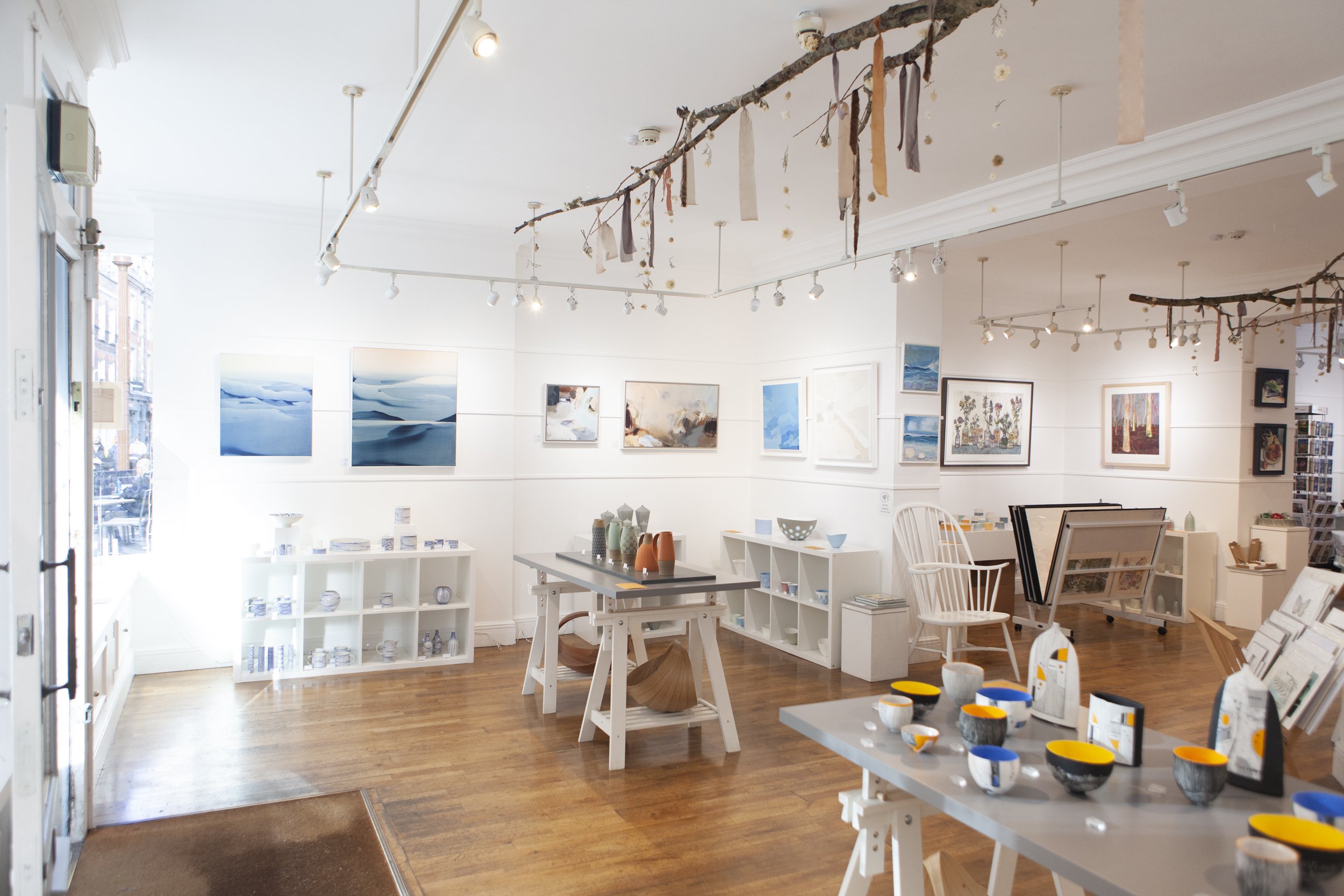
Homelands: Exhibition in Cambridge strives to balance regionalism and universality

Sohrab Hura, From the work Snow, 2014-ongoing. Courtesy of Sohrab Hura / Experimenter
Despite this show’s subtitle – ‘Art from Bangladesh, India and Pakistan’ – curator Devika Singh, also Tate Modern’s South Asian art specialist, aimed to stay away from reductionist claims based on the nationalities of the artists. Her efforts point to the problematic nature of holding artists responsible for representing their national, cultural, ethnic origins – an expectation that inevitably crops up while the global art world’s centres of power remain at North American and European institutions.
Artists who challenge the Eurocentric canon have long faced opposition – for example, Rasheed Araeen’s The Other Story: Asian, African, and Caribbean artists in post war Britain, was initially rejected by the Arts Council 1978, and was not exhibited until 1989 at London’s Hayward Gallery. Homelands, at the University of Cambridge’s gallery Kettle’s Yard, raises a difficult question: how do we shed light on pressing issues such as violence, rising populism and alt-right movements in a particular part of the world without pigeonholing the artists doing so?
This exhibition strives to do so partly by weaving pertinent moments in history throughout the display, through subtly, humour, and symbolism, while bringing them into dialogue with present-day crises including the ongoing communications blockade and conflict in Kashmir through works such as Sohrab Hura’s photograph series Snow (2015-ongoing) . Homelands conveys the lasting impact of ethnic and religious division codified by the British during colonial occupation, which were further exacerbated by the mass violence, loss, and migration that ensued the 1947 Partition of India and Pakistan and the 1971 Independence of Bangladesh.
Mumbai-based artist Shilpa Gupta’s Song of the Ground (2017), one of three of her works featured in the show, uses a clock mechanism to make two stones collide, each of which were collected from the Teesta River in India, which flows into Bangladesh. The same stones were used by the government of India to construct a wall along the border with Bangladesh. The constant, loud clanging sound produced by the device is intrusive, unnatural and jarring, emblematic of the border itself.
Delhi-based Seher Shah’s series Argument from Silence (2019) is a photograuve series is based on a collection of Buddhist sculptures at the Government Museum and Art Gallery, Chandigarh from the ancient kingdom of Gandhara, in present-day Pakistan. By building on the negative spaces of the sculptural fragments, Shah investigates the erased history of these statues, which were subjugated to orientalist categorisations, as well as more recent nationalist claims.

Seher Shah, Argument from Silence (broken limb), 2019. Photography in collaboration with Randhir Singh. Courtesy of the artist, Green Art Gallery and Nature Morte.

Shilpa Gupta, Blame, Poster, 2002. Courtesy of the artist
The inclusion of individual narratives adds nuance to the recurring theme of displacement and loss. Known for her lithography and woodblock prints, Zarina Hashmi conveys the impact that significant historical events have had on her own life. At the age of ten during the 1947 Partition, the artist and her family moved from their home in Aligarh to Karachi, then later to New York. Multiple meanings can be derived from her work, Without Destination (2016), from the idea that, for her, ‘home’ is always a moving entity, to the realities of being Muslim in New York after 9/11 and Pakistani in India after 1947.
Commissioned work by Pondicherry-based Desmond Lazaro widens the scope beyond South Asia and its diaspora with four paintings, each inspired by a story of migration to Cambridge from Chile, Bangladesh, Hungary and the US. Alongside the new works are Lazaro’s Cini Film (2015-16) series, a series deeply personal to the artist, as it documents 8mm film archives of his childhood and family life in Leeds. Both of the series were painted in the miniature painting tradition, as Lazaro spent 12 years in Jaipur, Rajasthan, training in the practice. Alongside each other, both bodies of work encourage us to transcend borders and regions for a moment, to envision new maps based on connected themes, histories, and stories.

Desmond Lazaro, Buckingham Palace from Cini Film series, 2015-16, Photo credit: Anil Rane, Courtesy of Desmond Lazaro and Chemould Prescott Road

Zarina, Without Destination, 2016, © Zarina. Courtesy Jeanne Bucher Jaeger, Paris
Through the diversity of mediums – including photography, painting, installation and film – as well as the varied ways in which artists engage with home as a theme, Homelands alludes to the fallacies of cartography, which have a produced many meanings of home. With more works by Bani Abidi, Iftikhar and Elizabeth Dadi, Munem Wasif and Nikhil Chopra the exhibition spotlights an ongoing, necessary dialogue on the contended historical narratives of the subcontinent.





